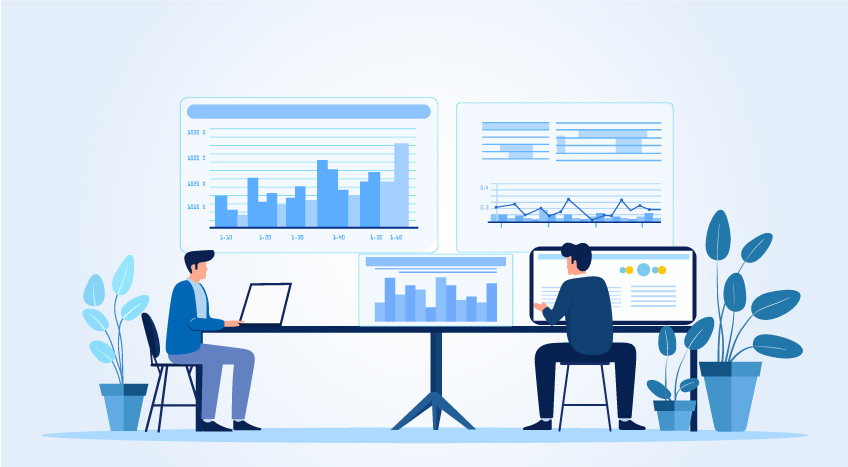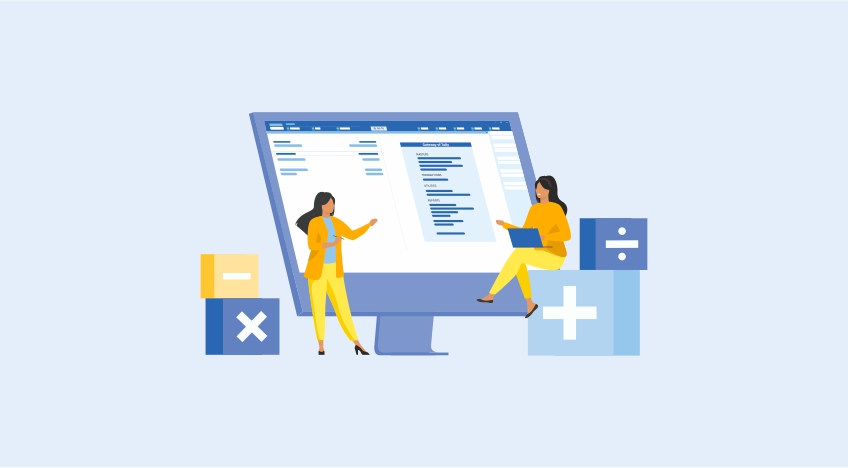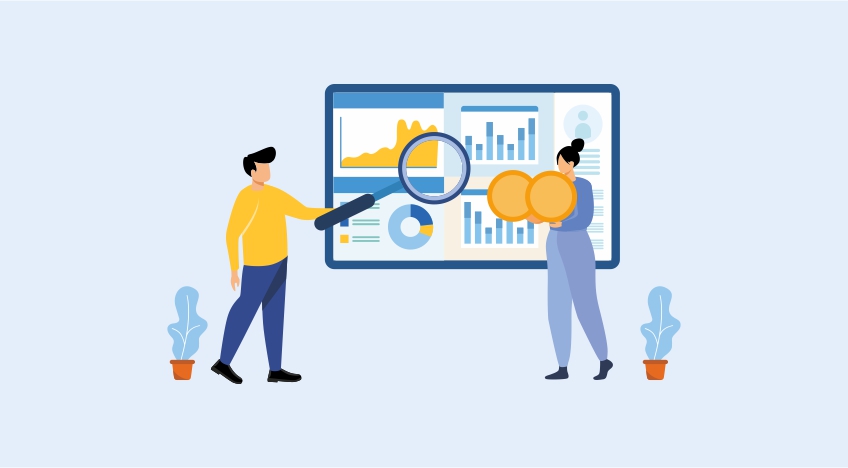As fast-growing companies achieve greater market penetration, gain more customers and their organization grows, they often run in to a wall where internal processes struggle to keep up with continued demand. The key challenge to supporting that growth is laying the groundwork to scale the business effectively and efficiently while maintaining customer service and support.
When starting out, most companies solve problems in the quickest, cheapest ways possible, which over time, leads them toward one of the biggest pitfalls for growing organizations—using multiple standalone business applications for varying departmental functions in an ad hoc manner. As the business and its complexity grow, these disparate systems create operational inefficiencies that can be detrimental to the bottom line, damage the customer experience, and impede the company’s ability to reach its full potential.
Standalone software application
Definition
Dedicated standalone software applications are those that are designed to address a specific single aspect of business operations, such as accounting, human resources, customer relationship management (CRM) etc. Each application is dedicated to just one area of your business, so it delivers focused, highly detailed reports about that segment. A variety of specific functions allow you to manipulate the data as needed to obtain the information you are looking for. Because these programs focus on a specific department, it is easy to find the data you need without having to sift through information from other areas or struggle with reports that don’t tell you exactly what you need to know. Standalone software often offers more in-depth reporting capabilities and advanced functions than you would find in an integrated ERP solution.
Pros and Cons
However, standalone software programs do have their drawbacks. They are designed to be used on their own and often do not integrate well with other standalone software products. This can make it difficult to compare and correlate data across different departments, as you may need to export data to another software program or to Excel to manipulate and align data from various sources yourself. Not only is this time consuming but it also leaves a wide-open gap for human error.
Integrated business software
Definition
With an integrated business, also known as single business management solution, the data for all of the departments within your business is all stored in one program. The different integrated aspects like, accounting, inventory, payroll, taxation, stock summary, etc, add-ons and plugins of the program are all designed to work together seamlessly, so it is easy to generate reports and comparisons that encompass the entire workings of your organisation. The data in the reports is automatically generated in a way that is easy to understand and gives a full overview of the state of the business at a particular point in time or over a specified time period. Employees from various departments can access information from other departments without the need for complicated conversions and data manipulation.
Pros and Cons
The main drawback of using a single business management solution is that the reporting and functionality in each area of the software does not go into as much detail as with a standalone software program. However, it’s equally important to note that the functions and reporting features offered in integrated software generally tend to be satisfactory to meet the day-to-day needs of the majority of businesses, and those advanced functions found in standalone software would likely go unused for most if not all of the year.
Why integrated software is better than standalone software?
For a business with a heavy focus on a specific area, like sales or finance, a dedicated standalone software application will provide the detail necessary for that specific department. On the other hand, a business with a more general outlook will appreciate the simplicity and ease of use that a single business management software provides. Businesses especially the MSMEs which have targets and aim at growing at a rapid pace would need the software to fulfil their need of the hour as well as future. The majority of businesses fall into this second category, so single business management solutions offer them the functions and reports they need without weighing them down with too many extraneous functions.
Important processes such as order processing, invoicing, expense approvals and fulfilment, can take a lot longer to get completed if too much manual effort is required and are often erroneous. For instance, employees may be spending hours re-entering order information into the accounting and invoicing system, while other employees pull that same information from the CRM system for order fulfilment processes and to calculate sales commissions. As a company grows, so does the number of employees. Operating disparate software systems for payroll, expense management and incentive compensation can result in a spreadsheet nightmare. Calculating parameters such as salary, withholdings, deductions, and sick and vacation day accruals can consume several hours each week and consist of manual, error-prone processes executed primarily on these spreadsheets or duplicated across disparate software applications.
To fuel growth, businesses need to purchase equipment or raw materials. The procure-to-pay process that starts with acquiring raw materials and culminates with paying stakeholders, is a complicated one that involves several touch points within purchasing, receiving and accounts payables functions. Each of these functions deal with disparate software that needs to work together to enable the purchasing of equipment or raw materials, and then eventually pay the vendors providing these deliverables. An example to cite this is; managing accounts payable - Once purchase orders have been generated, vendors that provide goods or services to the company need to get paid. The finance staff will then need to confirm whether the services or goods were delivered as promised and only then authorize accounts payable to release payment to the vendor. All these activities consume valuable cycles that employees could instead spend on the core business.
An integrated system like Tally.ERP 9 ensures that all your business solutions are taken care by us, with minimum/no requirement of an external source to align your company’s functions.
Explore more Products
Accounting Software, Inventory Management Software, Payroll Software, Financial Management Software, Invoicing & Billing Software, Business Software for Small Businesses & Start-ups
Read more about TallyPrime
What is TallyPrime?, TallyPrime’s ‘Go To’, Tally Prime’s Amazing Invoicing Experience, New Edit Log Feature in TallyPrime, Tally’s Exception Reporting to Address Data Anomalies, TallyPrime’s Simplified Security and User Management System, Multitasking Just Got Easier with TallyPrime, TallyPrime – Simple to learn and easier to use, 5 Things in TallyPrime for Enhanced Business Efficiency, 5 Things You Can Do Using Save View Option in TallyPrime
Read more about Business Software
How Do You Evaluate the Cost Effectiveness of a Business Software?, Why is it Important to Choose a Software that Grows with Your Business?, 7 Questions That You Need to Ask for Selecting the Right Software for Your Business, Financial Accounting Standards, Personalise the Business Reports the Way You Want, Business Entities in Indonesia










